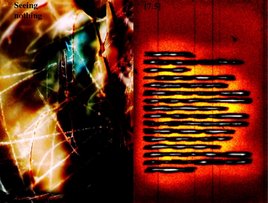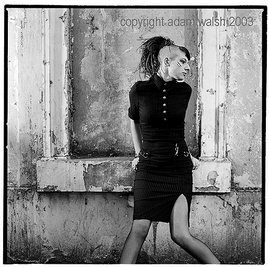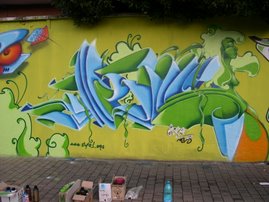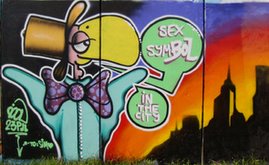I suppose really mise en scene is the beginning point of analysing a film. Best way to put it is thast it represents what can be seen in the frame, that is actors and their acting and movement, scenery, props, the point of view from which the audience sees the art form, the lighting, setting. Don't forget the pre-filmic situation where things are decided, like where the director wants to point his shooter, whether or not the movie is in black and white or glorious technicolour (the filmstock) even consider the framing, what is seen, how has the scene been trimmed or chopped and depth of field.
Try this, think about an opening scene of a film you liked, what did it convey to you (setting the scene) what wre the props, what were the actors doing, was it a close-up shot or pull back wide angle, perhaps you noticed the lighting? Think about meaning and messages, overt and or hidden. Go back, take a segment say the camera work, was it close-up or wide angle. If it was close-up, think about the same scene as a wide angle. Think about the different impacts this would have on had you. Close-up, good for a feeling of menace, for example, wide angle good for introducing action or adventure. Think about the props and the actors and the way they performed. If you have got this far it is a start.
Tuesday, 27 February 2007
Subscribe to:
Post Comments (Atom)









7 comments:
David, how did you manage to post the same thing twice?
Only you could have noticed. Serge texted me tonight to say he had been publsihed in Korea, newspaper front page. Hope he's not been stealing nuclear bombs!
I texted him at five but haven heard anything from him. I like your explanation.
Sergi emailed me to say his car go broke down on the M77 and he got soaked waiting on AA (Not alcoholics anonymous)
Poor sod it was pssing it down as well. Sorry El I wont laugh ha ha ha oops
Not nice David you can be so juvenile
I know part of my charm darling
Post a Comment